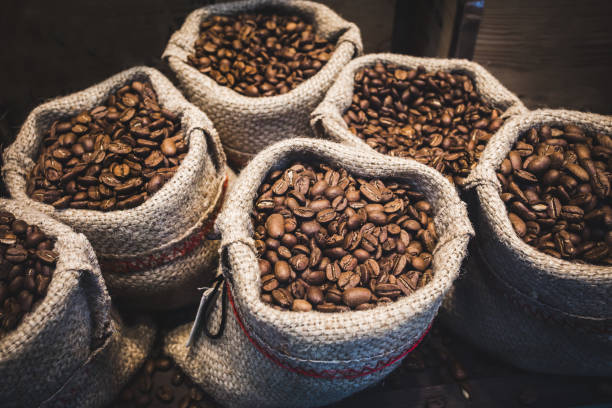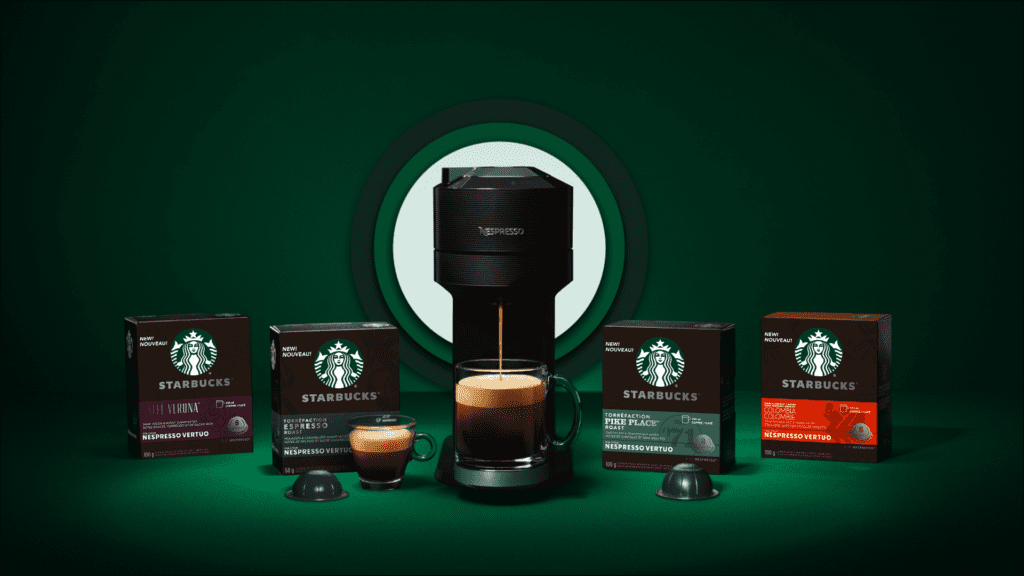Let’s cut through the noise: not all Arabica beans are created equal. And when it comes to espresso, Colombian Arabica stands out like a spotlight in a dark café. There’s a reason why third-wave roasters, baristas, and coffee snobs around the world reach for Colombian beans when they want clarity, sweetness, and body in one shot.
Arabica beans from Colombia are considered the gold standard for espresso lovers, and for good reason. Grown in nutrient-rich volcanic soil and high-altitude regions, these beans develop a beautifully complex flavor profile with bright acidity, smooth chocolate notes, and a balanced body. It’s the perfect combo for crafting premium espresso, whether you’re pulling shots at home or behind a café bar.
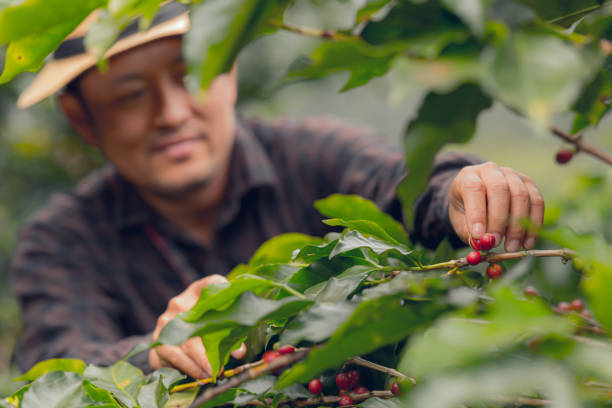
Arabica vs. Robusta – The Espresso Showdown

Bean Genetics 101
Coffee primarily comes in two species: Arabica (Coffea arabica) and Robusta (Coffea canephora).
• Arabica: Grown at higher altitudes, contains less caffeine, has more sugar and lipids.
• Robusta: Lower altitude, more caffeine, stronger bitterness, less complexity.
In espresso blends, Robusta is often used for crema and caffeine—but it can bring harshness. Arabica, especially from Colombia, brings nuance and natural sweetness.
Why Arabica Wins in Specialty Espresso
• Flavor: Fruity, floral, caramel, cocoa—versus Robusta’s woodsy bitterness
• Acidity: Bright, balanced acidity that adds life to the shot
• Texture: Smooth body with natural oils that create silkier crema
• Aroma: More volatile compounds = richer, more layered aromas
Colombian Arabica – Grown for Greatness
Unique Altitude and Climate Conditions
Colombia’s mountainous geography (especially the Andes) provides perfect growing conditions for Arabica:
• Altitude: 1,200m–2,200m
• Climate: Stable temperatures, frequent rainfall
• Soil: Volcanic, nutrient-dense
These conditions slow the growth cycle of the coffee cherry, allowing sugars to develop more fully and creating a denser, more flavorful bean—ideal for the short, intense brewing process of espresso.
A Focus on Quality, Not Quantity
Unlike high-output regions that prioritize volume, Colombia emphasizes small-batch, hand-harvested beans. Farmers often grow specific varietals like Caturra, Castillo, and Typica that are prized for cup quality, especially in espresso roasts.

Processing Methods That Enhance Espresso Quality
Washed Processing Dominance
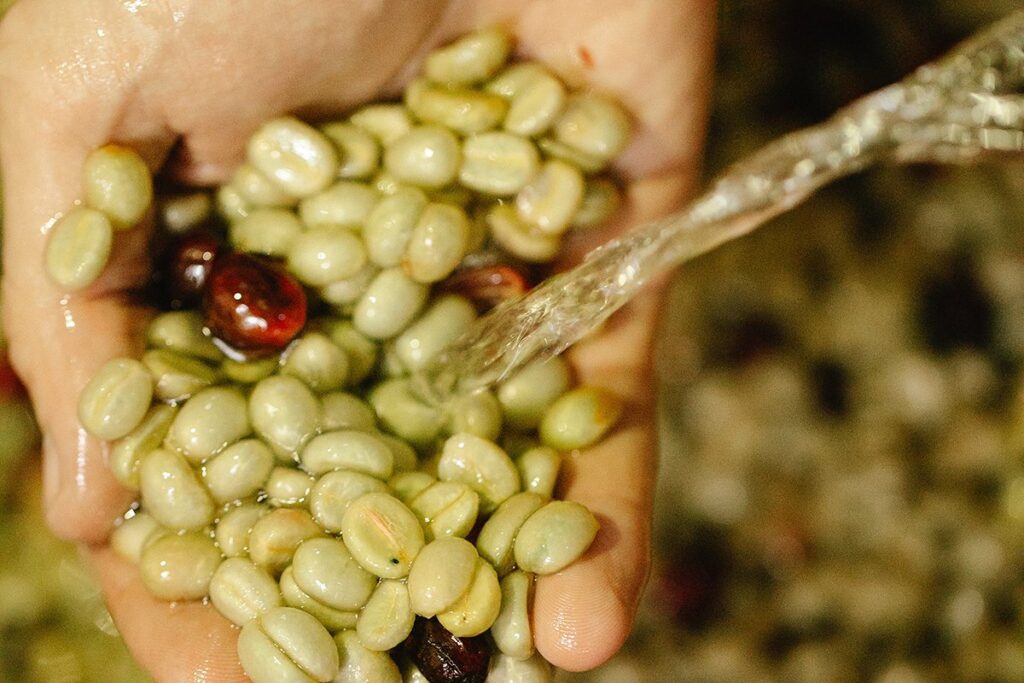
The majority of Colombian Arabica is washed (wet processed), which:
• Removes the fruity outer layer early
• Produces a cleaner, crisper cup
• Enhances acidity and floral notes
• Makes dialing in espresso easier
Experimentation with Fermentation
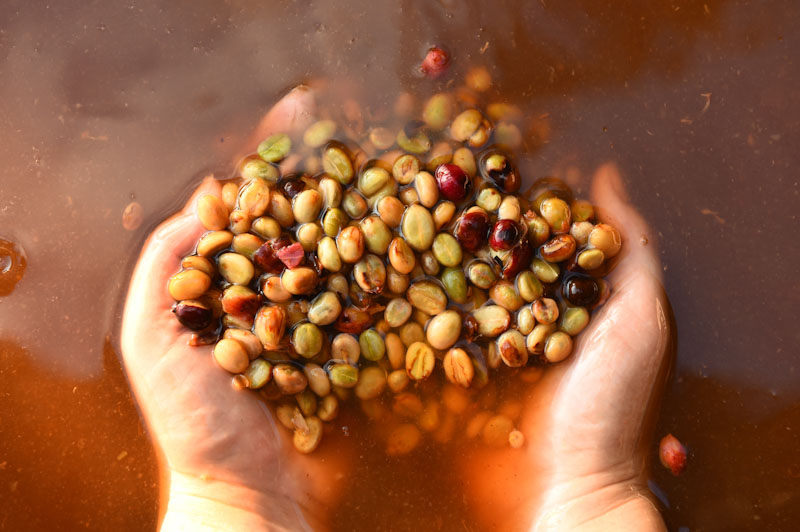
In recent years, Colombia has become a leader in experimental processing:
• Extended fermentations for deeper body
• Honey and natural processes for sweetness
• Anaerobic fermentation to create unique espresso flavor profiles
These methods push the boundaries of what espresso can taste like—complex, fruit-forward, almost wine-like.
Roast Compatibility and Espresso Performance
Arabica Sweet Spot = Medium to Medium-Dark
Colombian Arabica is naturally sweet and balanced, which makes it ideal for:
• Medium roasts – preserve acidity and origin character
• Medium-dark roasts – deepen the body without sacrificing clarity
Perfect for espresso lovers who want bold flavor without burning out the beans.
Natural Lipid Content = Superior Crema
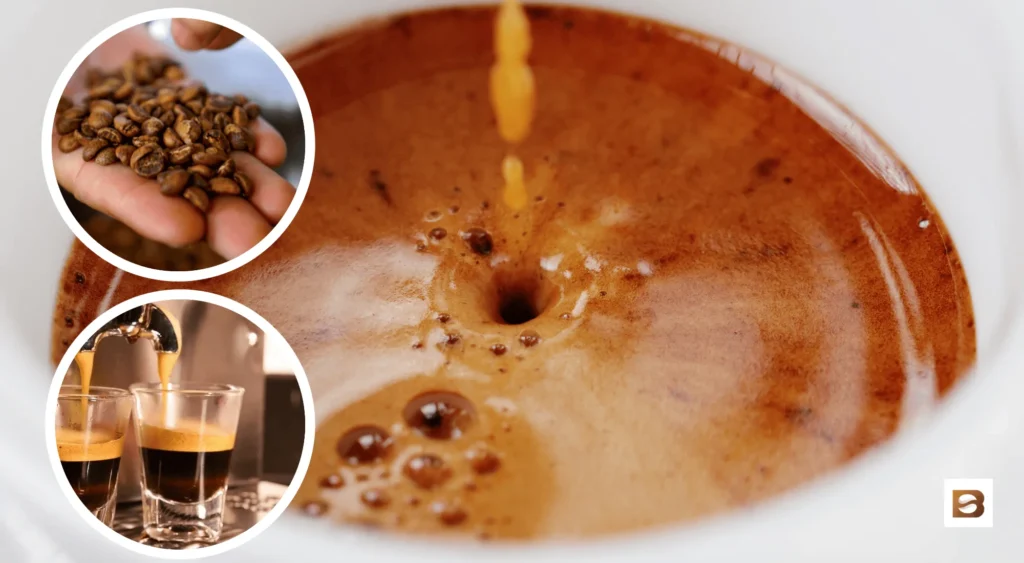
Arabica from Colombia contains more lipids and aromatic compounds than Robusta-free alternatives, giving it:
• A velvety crema (though thinner than Robusta blends)
• More aroma on the nose
• A lingering finish that feels “clean” rather than burnt
Taste Test – Colombian Arabica in Espresso Shots

Flavor Expectations
When you pull a shot using Colombian Arabica, expect:
• First sip: Sweet acidity; notes of orange peel, cherry, or red apple
• Mid-palate: Caramel, toffee, milk chocolate
• Finish: Smooth, slightly nutty or floral, never bitter
Solo and Milk-Based Versatility
• Espresso: Clean and balanced
• Macchiato / Cortado: Keeps character without being drowned
• Latte / Cappuccino: Sweetness and body hold their own in milk
Specialty Varietals to Watch From Colombia
Geisha (Gesha)
• Originated in Ethiopia, now thriving in Colombia
• Extremely floral and tea-like—espresso from this varietal is complex and aromatic
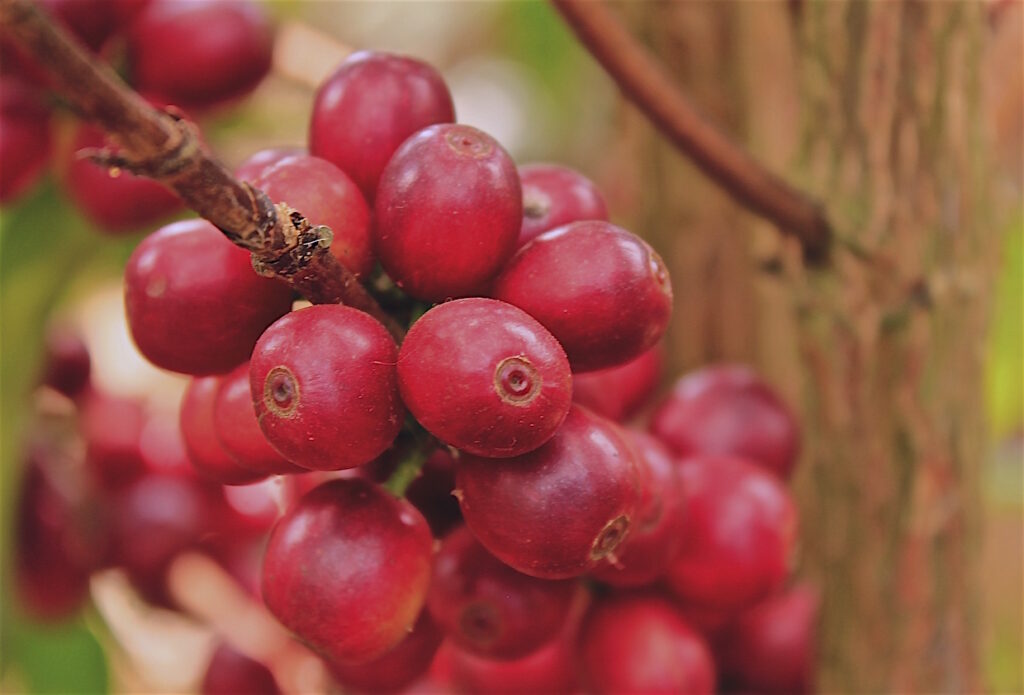
Pink Bourbon
• Hybrid of red and yellow bourbon
• Fruity, with tropical notes that explode in pressure brewing
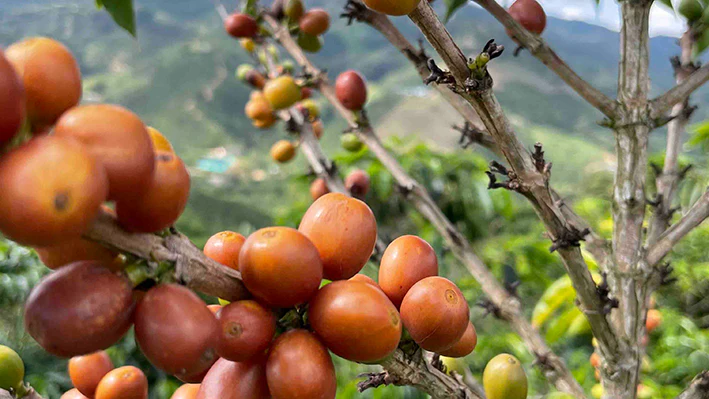
Castillo and Caturra
• Classic Colombian workhorses
• Known for balanced, approachable flavor—ideal for cafés and everyday espresso lovers

Brewing Tips for Colombian Arabica Espresso
Ideal Brew Parameters
• Dose: 18g
• Yield: 36g
• Time: 27–30 seconds
• Temp: 93°C (199–200°F)
Start with a 1:2 brew ratio, but feel free to stretch it to 1:2.5 for a more transparent flavor profile.
Adjust Grind Based on Density
Colombian beans, especially from high altitude, tend to be denser. Use a slightly finer grind for consistent pressure and extraction.
Final Thoughts – The Espresso Edge of Colombian Arabica
There’s a reason why some of the best espresso roasters in the world consistently turn to Colombian Arabica. The beans are not just “good”—they’re engineered by nature and refined by generations of craftsmanship to meet the demands of espresso brewing. With Colombian Arabica in your portafilter, you’re not just pulling a shot—you’re extracting a legacy.
Written by Jose Luis Surjan
Latin food storyteller. Espresso nerd. Founder of Espresso and Machines.

